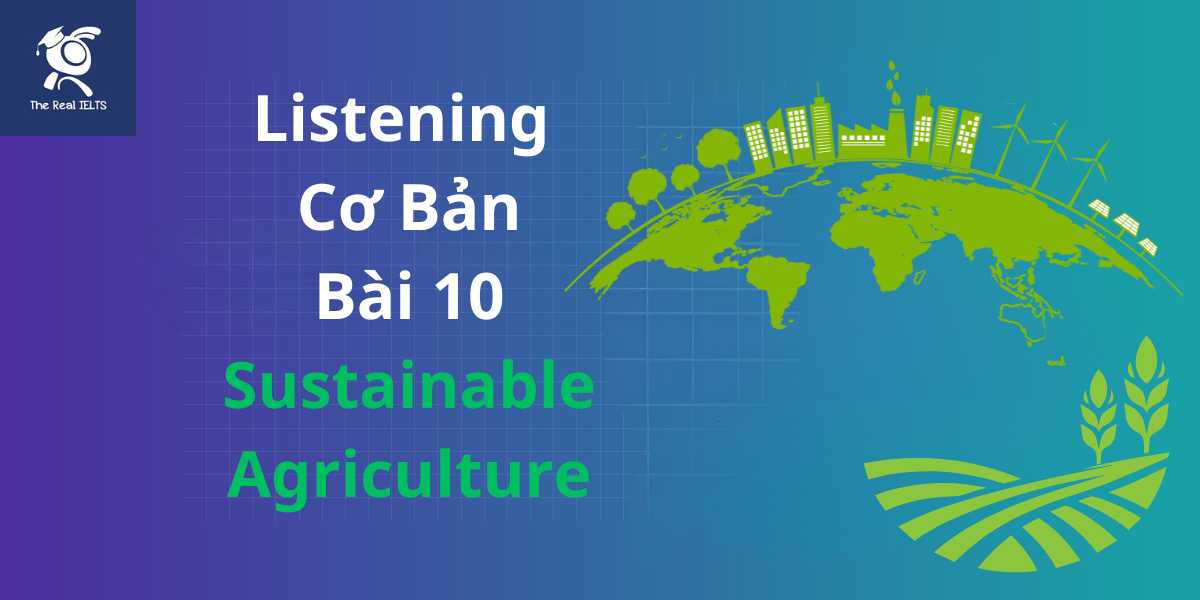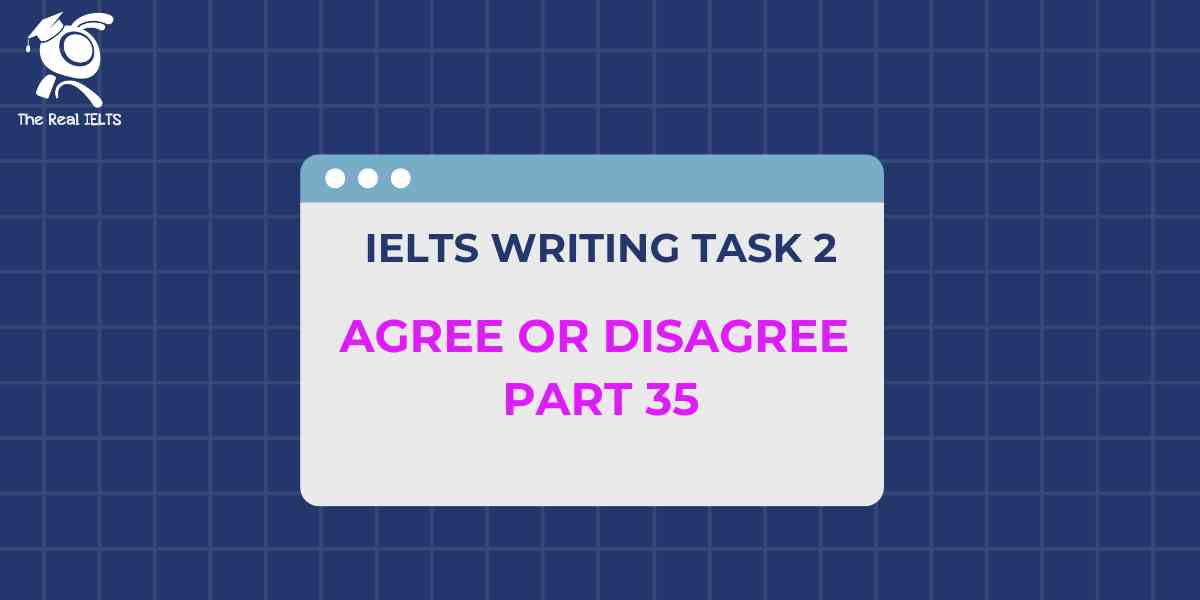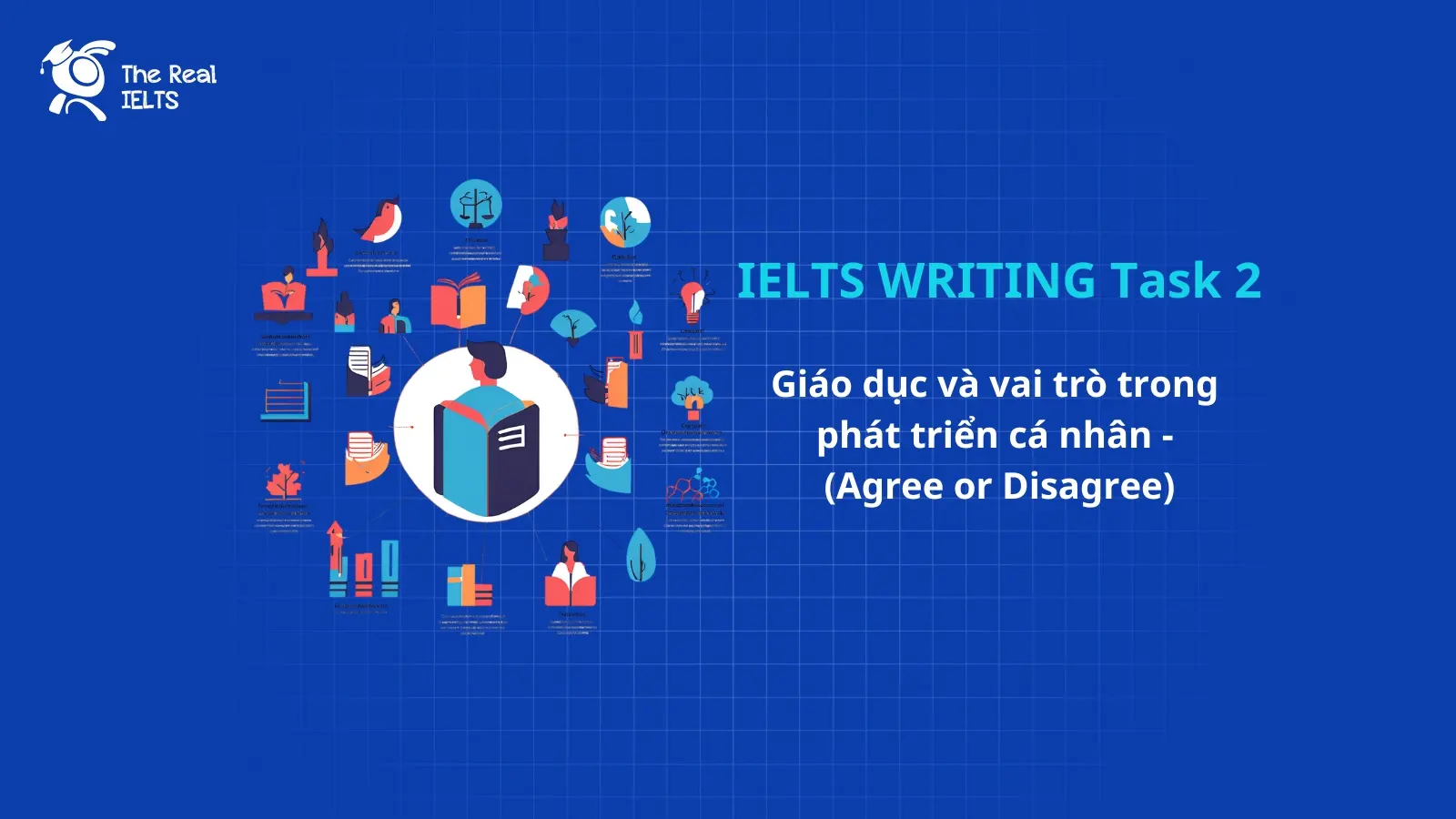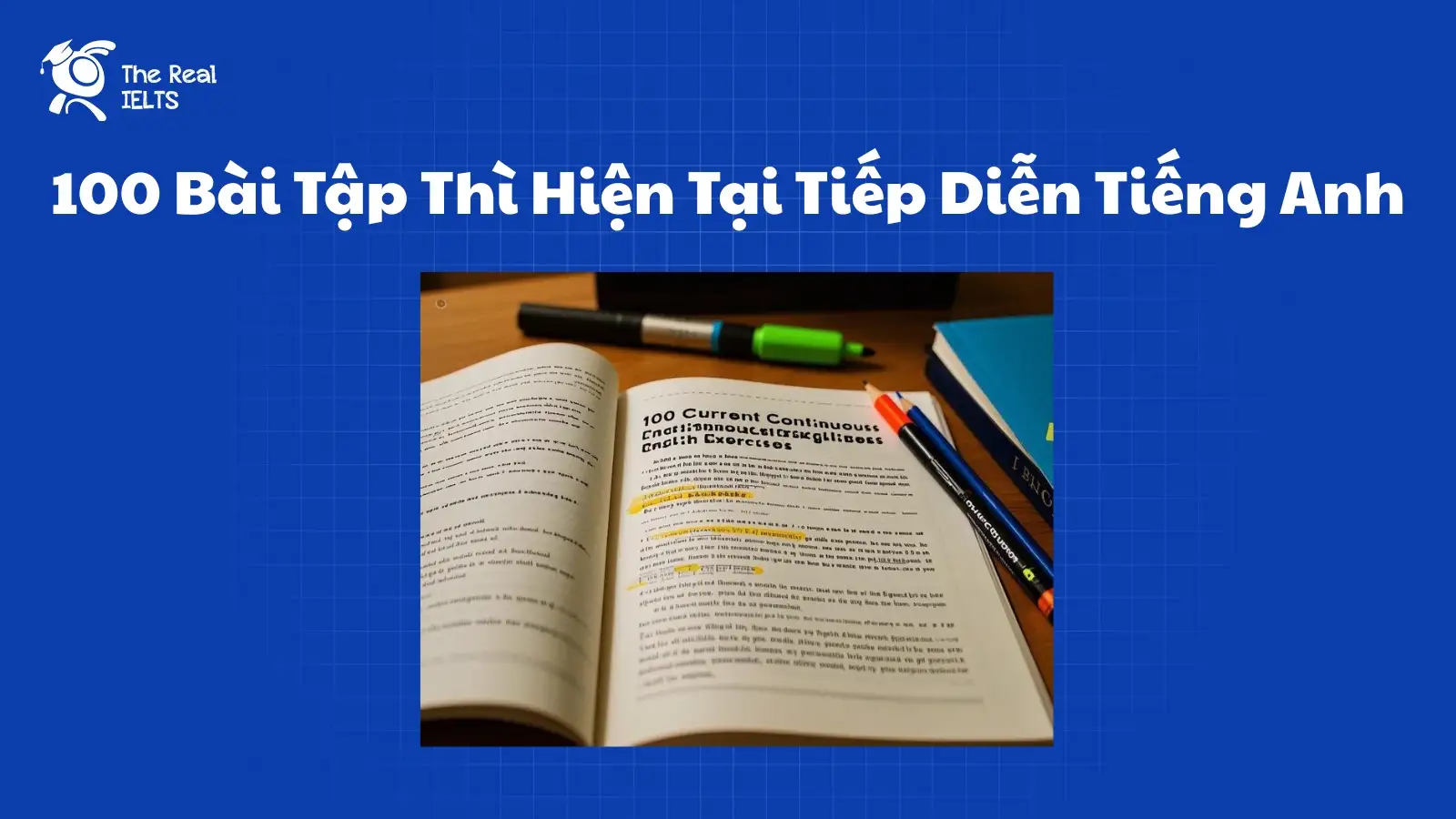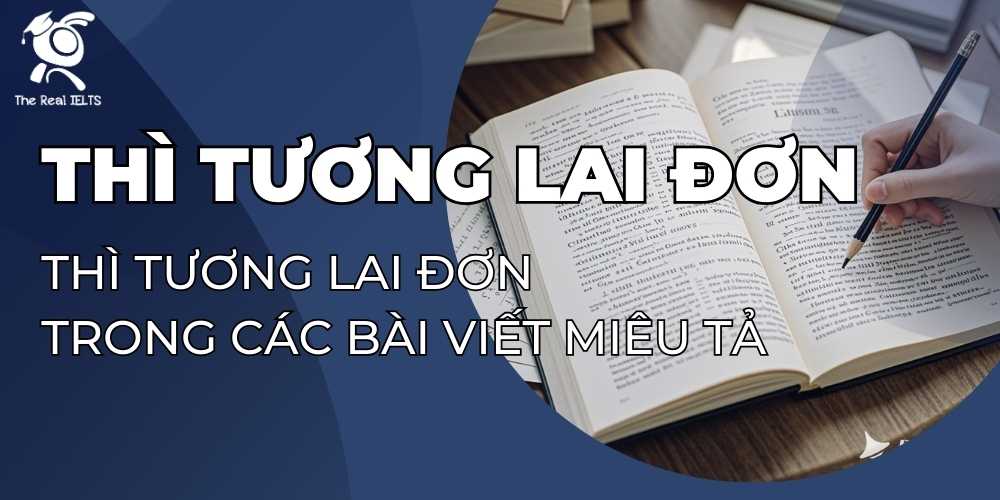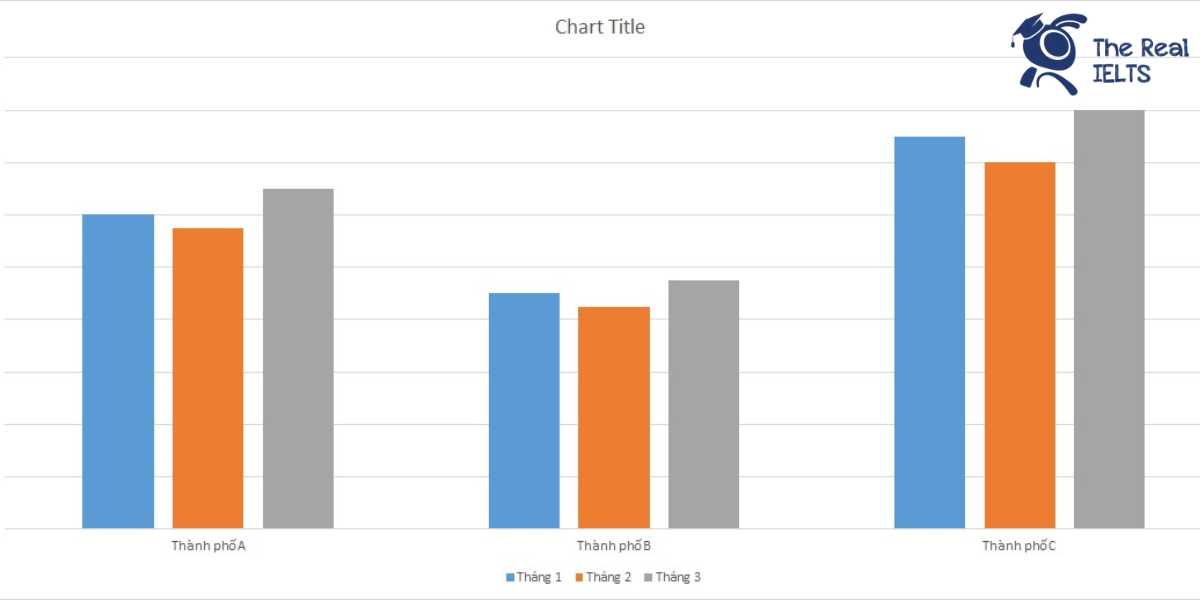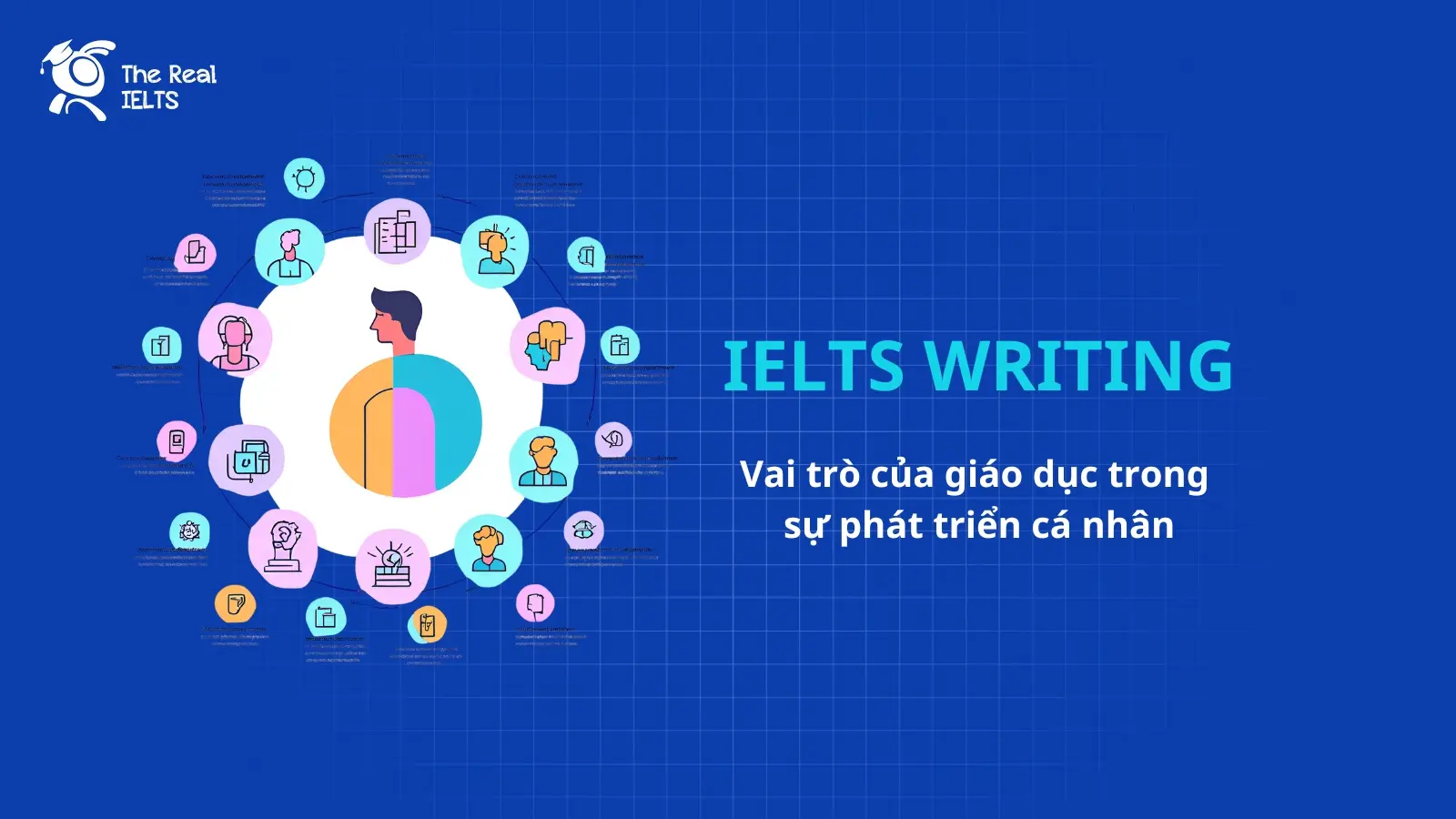Bài tập Listening chủ đề về Nông Nghiệp Bền Vững là chủ đề không mới nhưng cũng là chủ đề những năm gần đây xuất hiện trong nhiều bài luyện tập IELTS và các kỳ thi khác. Sau đây là bài nghe lần này:
Bài Listening
Câu hỏi
- What is the main goal of sustainable agriculture?
- How does crop rotation benefit the soil?
- Can you name two methods used in integrated pest management (IPM)?
- What are some benefits of agroforestry?
- What is one sustainable practice in livestock management mentioned in the text?
Listening Tips
- Pay attention to key terms and their definitions, such as crop rotation and agroforestry.
- Note examples given for each practice, as these can help contextualize the information.
- Listen for the different benefits of each practice, as they often indicate why these methods are sustainable.
Câu trả lời gợi ý
- What is the main goal of sustainable agriculture?
- The main goal of sustainable agriculture is to meet society’s food needs without compromising the ability of future generations to meet their own needs.
- How does crop rotation benefit the soil?
- Crop rotation benefits the soil by naturally replenishing soil nutrients, reducing pest populations, and preventing soil erosion.
- Can you name two methods used in integrated pest management (IPM)?
- Two methods used in integrated pest management are introducing natural predators to control pest populations and using pheromone traps.
- What are some benefits of agroforestry?
- Some benefits of agroforestry include providing additional income through products like fruit, nuts, and timber, enhancing biodiversity, improving soil structure, and sequestering carbon.
- What is one sustainable practice in livestock management mentioned in the text?
- One sustainable practice in livestock management mentioned in the text is rotational grazing, which allows pastures to recover and reduces soil compaction.
Bản Script
Listening Practice: Sustainable Agriculture Practices
Today, we’re going to discuss sustainable agriculture practices, which are essential for the future of food production and environmental preservation. Sustainable agriculture aims to meet society’s food needs without compromising the ability of future generations to meet their own. This involves a variety of methods that work harmoniously with nature.
Firstly, crop rotation is a key practice. By rotating different crops in the same field across seasons, farmers can naturally replenish soil nutrients, reduce pest populations, and prevent soil erosion. For example, planting legumes like beans can enrich the soil with nitrogen, benefiting subsequent crops.
Secondly, integrated pest management (IPM) combines biological, cultural, mechanical, and chemical tools to manage pests in an environmentally and economically sustainable way. This might include introducing natural predators to control pest populations, using pheromone traps, or planting pest-resistant crop varieties.
Another important practice is agroforestry, which integrates trees and shrubs into crop and livestock systems. This not only provides additional income through products like fruit, nuts, and timber but also enhances biodiversity, improves soil structure, and sequesters carbon, helping to combat climate change.
Lastly, sustainable livestock management is crucial. This includes practices such as rotational grazing, which allows pastures to recover and reduces soil compaction, and using animal manure as a natural fertilizer to enrich soil health.
Implementing these sustainable practices can lead to more resilient agricultural systems that support both human and environmental health. It’s an ongoing effort that requires innovation, education, and collaboration among farmers, scientists, and policymakers.
Học lại bài Listening cũ: Bài tập Listening 9: The Science of Genetics.


